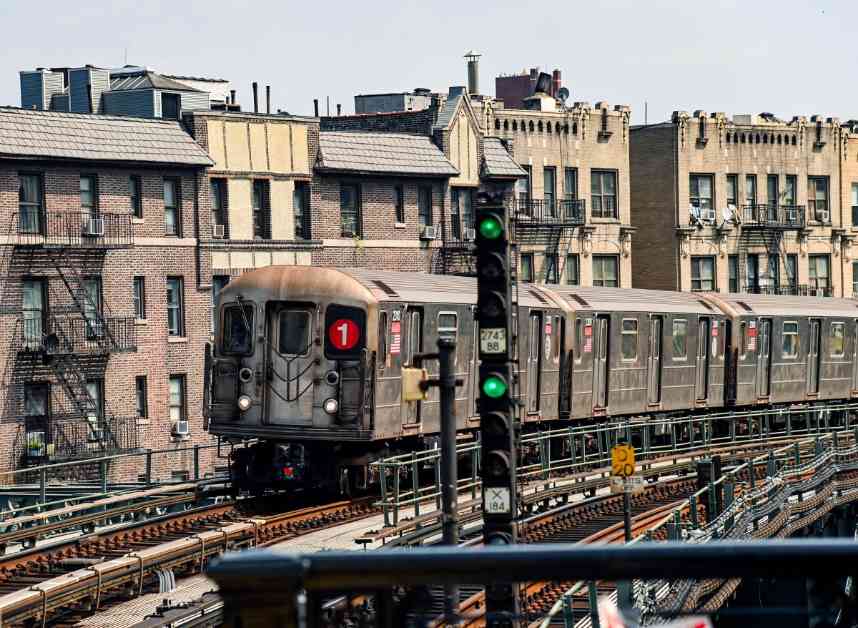The Metropolitan Transportation Authority (MTA) has unveiled a bold plan to modernize its transit fleet by replacing thousands of old railcars with state-of-the-art rolling stock. With a proposed budget of nearly $11 billion, the agency aims to cycle out outdated subway cars and commuter rail cars over the next five years, in an effort to improve reliability and efficiency across its network.
Modernization Goals
The MTA’s ambitious proposal is part of its $68 billion capital plan, which was recently put forward for approval by the MTA Board. The agency plans to replace 1,500 subway cars and 500 commuter rail cars serving the Long Island Rail Road and Metro-North by 2030. According to MTA officials, the current fleet of railcars, which dates back to the 1980s, is reaching the end of its useful life and requires constant maintenance. The older cars experience breakdowns at a much higher rate than newer models and have a significantly lower reliability factor.
Rolling Stock Replacements
Among the railcars slated for replacement are the R62 and R68 models, which have been in service since the mid-1980s. The R62 cars operate on numbered subway lines such as the 1, 3, and 6, while the R68s run on lines like the B, D, N, and W. These aging cars will be phased out in favor of newer models like the R211 and the upcoming R262, which are designed to offer improved performance and reliability.
Demetrius Crichlow, interim president of MTA New York City Transit, emphasized the importance of upgrading the aging fleet to enhance overall service quality. “We’ll be replacing 40-plus-year-old cars to increase reliability,” Crichlow stated, highlighting the agency’s commitment to providing a more efficient and dependable transit experience for passengers.
Infrastructure Upgrades
In addition to replacing outdated railcars, the MTA plans to invest $2 billion in upgrading maintenance shops and yards to support the new rolling stock. This includes essential improvements at facilities like the Livonia Shop in Brooklyn, where servicing for 3 trains takes place. Upgrades are necessary to accommodate modern trains with advanced features like HVAC systems, which require taller clearance for maintenance work.
The modernization efforts also align with the MTA’s goal of implementing new signaling technology across its transit lines. Upgrading to new trainsets is a crucial step in enabling the installation of advanced signaling systems that can enhance operational efficiency and safety throughout the network.
Despite the agency’s comprehensive plan for fleet modernization, securing funding remains a critical challenge. The MTA has only secured approximately half of the necessary $68 billion for its 2025-2029 capital plan, with the remaining funds contingent on approval from state lawmakers in Albany. The current 2020-2024 capital plan, which includes the replacement of 1970s-era R46 trains with R211s, faces a funding shortfall of $16.5 billion due to delays in implementing congestion pricing measures.
Challenges and Opportunities
The MTA’s modernization efforts represent a significant investment in the future of New York City’s transit system. By replacing outdated railcars with new, technologically advanced models, the agency aims to improve reliability, efficiency, and passenger comfort across its subway and commuter rail networks. However, the success of these initiatives hinges on securing adequate funding and navigating the complex political landscape of transportation funding in the state.
As the MTA moves forward with its plans to upgrade the transit fleet, stakeholders will be closely monitoring the progress and outcomes of these investments. From enhancing service quality to implementing cutting-edge technology, the agency’s modernization efforts have the potential to transform the way millions of New Yorkers experience public transportation in the years to come.

